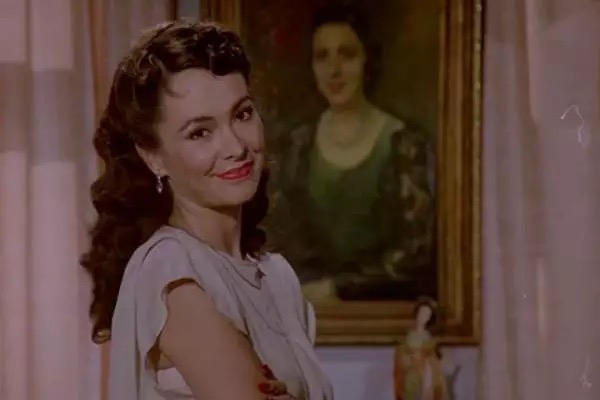
Mariana, Mariana
ARQUICINEMA: LA CIUDAD DE MÉXICO A TRAVÉS DEL CINE
Arte Abierto, in collaboration with FundarqMx, presents a new edition of Arquicinema, a space where cinema and architecture converge. This edition is titled La Ciudad de México a través del cine.
During four special sessions featuring interdisciplinary talks that explore how architecture shapes cinematic narrative and how, in turn, cinema becomes a tool to observe and understand Mexico City’s urban, social, and landscape environment.
Through the analysis of selected scenes from key films—from the classics of Luis Buñuel to the contemporary gaze of Alfonso Cuarón—specialists in architecture, urban history, and visual culture will reflect on how the city’s built spaces are also narrative, symbolic, and emotional sites.
This series seeks to open an interdisciplinary dialogue and foster exchange on the role of architecture in the cinematic representation of the city.
Arquicinema: La Ciudad de México a través del cine proposes looking at cinema through the lens of architecture, and vice versa, as a way of exploring the connections between built space, urban identity, and the narratives that define us.
Mariana, Mariana (Alberto Isaac, 1987)
Based on José Emilio Pacheco’s novel Las batallas en el desierto, the film reconstructs intimate childhood memories in mid-20th-century Mexico City through the nostalgic gaze of a young man recalling his first love.
Arantza Briffault analyzes the film as a visual document of domestic and neighborhood heritage: Porfirian houses, symbol-laden interiors, schools, tree-lined streets, and everyday spaces that reflect a city both orderly and deeply marked by social hierarchies, family conventions, and structural silences. This discussion centers on the architecture of the intimate and the everyday as key to understanding Mexico City’s affective, social, and spatial history.
Arantza Briffault
She holds a degree in History and Arts Studies from Universidad del Claustro de Sor Juana. Her professional trajectory spans production, research, and creative coordination, combining theoretical knowledge with technical expertise in graphic design, photography, and audiovisual editing. She is currently an active member of FUNDARQMX, contributing to the dissemination and preservation of cultural heritage through an interdisciplinary lens.